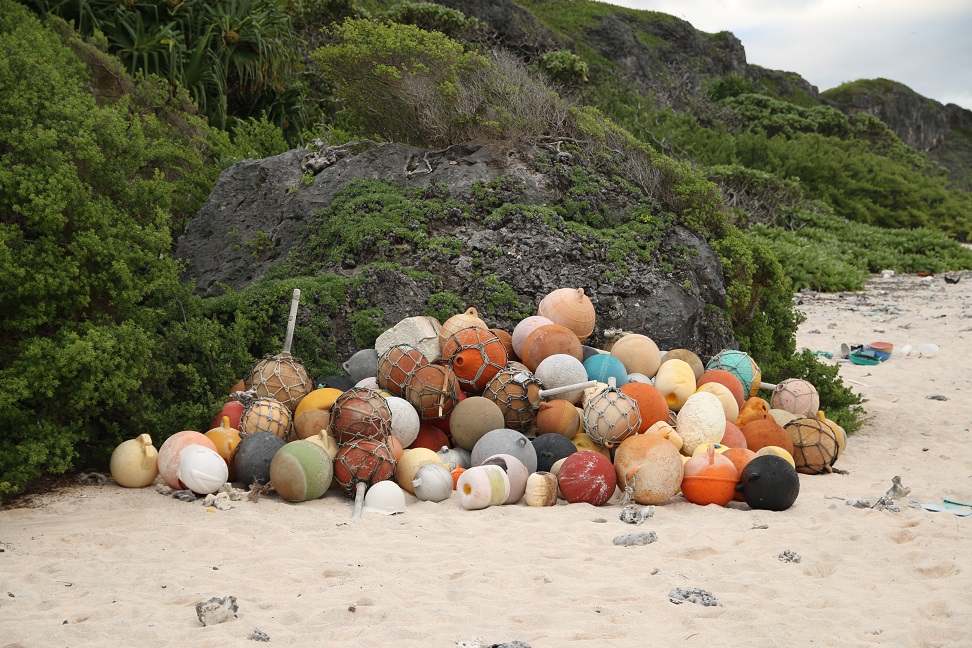
An expedition to clean-up plastic debris from the beaches of one of the world’s most remote islands has returned home after collecting 6-tonnes of debris.
The two week expedition to Henderson Island in June was led by IMAS scientist Dr Jennifer Lavers, who’s research revealed in 2017 that the tiny uninhabited island was polluted with the highest density of plastic debris ever recorded.
Part of the UK’s Pitcairn Islands territory, the island is so remote that it’s usually only visited every 5-10 years for research purposes, but its location near the centre of the South Pacific Gyre makes it a focal point for marine plastic debris.
Henderson Island received global attention when Dr Lavers found its beaches were covered with an estimated 38 million pieces of plastic weighing 18 tonnes.
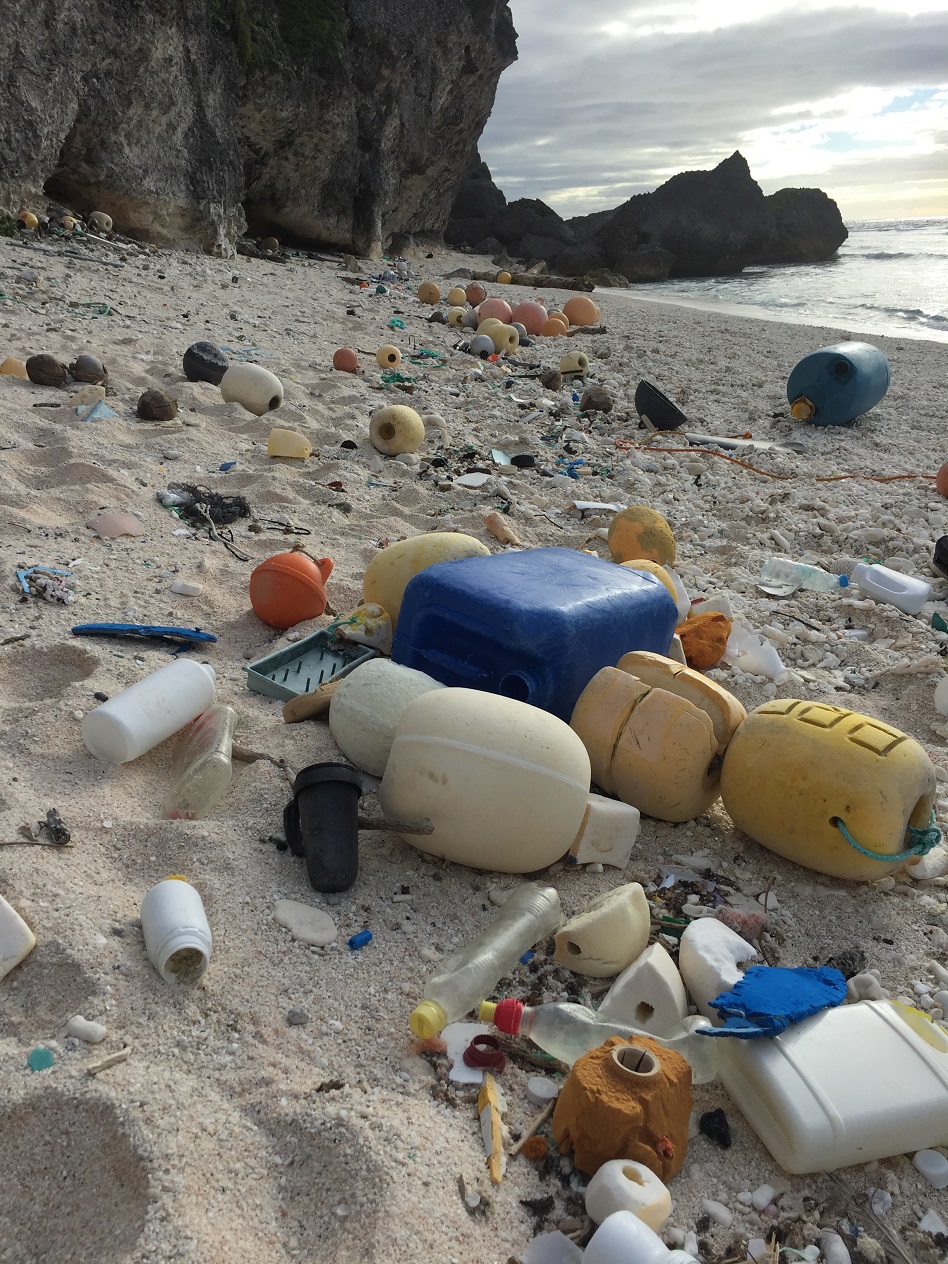
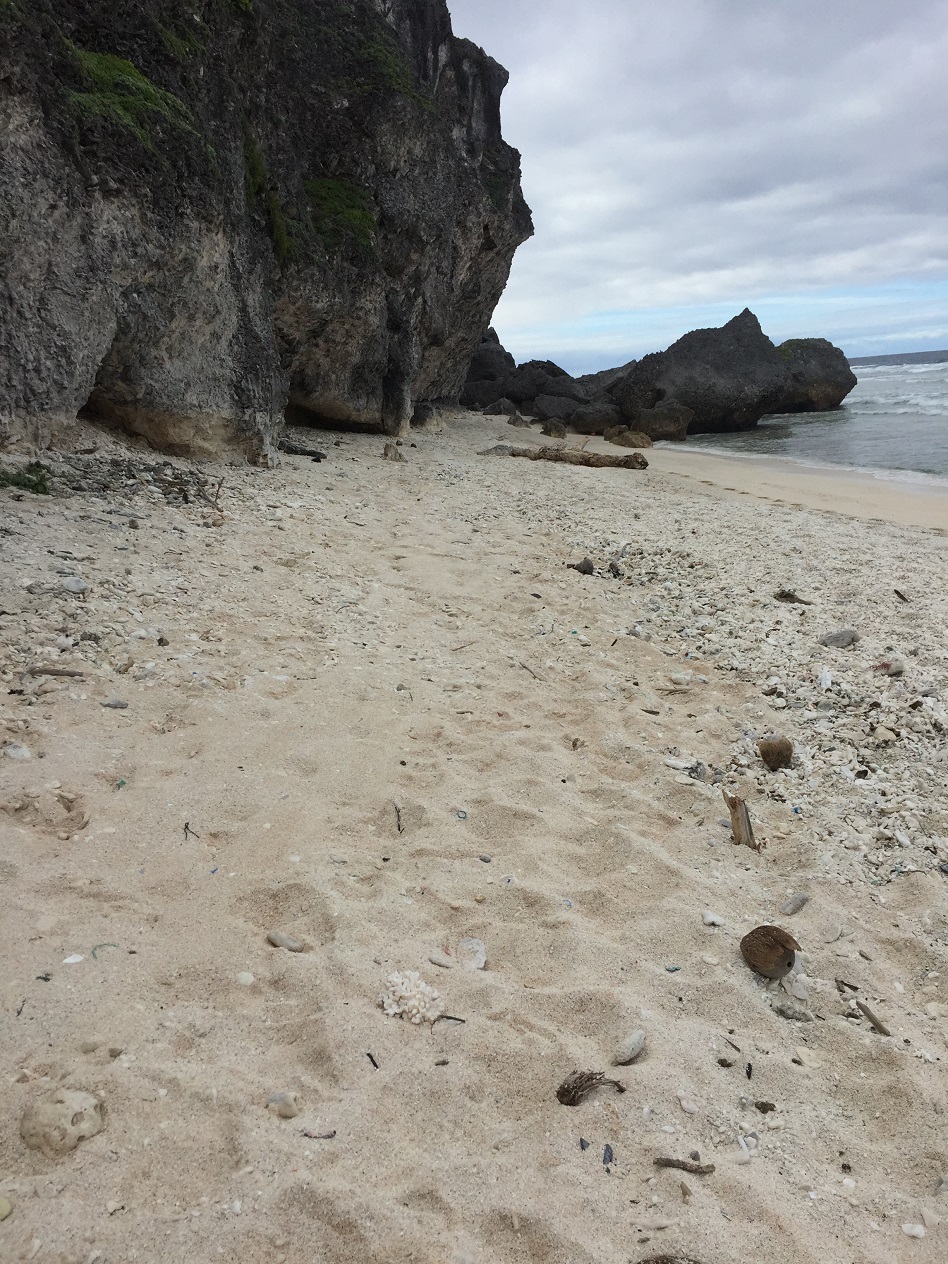
Images: Before and after the June 2019 clean-up: north end of East Beach. Photo credit: Johnny Briggs
The clean-up expedition, which was driven by the Pitcairn Island community and coordinated by the UK Foreign and Commonwealth Office, also included research into the impact of debris on hermit crabs, birds and the physical environment.
The data collected will inform understanding of how plastic affects the island’s ecosystem, including analysis of seabird feathers and blood for contaminants, core samples for the presence of nano plastic particles, and valuable new information on whether accumulated debris can alter the physical properties of the beach.
Dr Lavers said the clean-up funded by Pew Charitable Trusts was complicated by the lack of a safe mooring at the most polluted beach, East Beach.
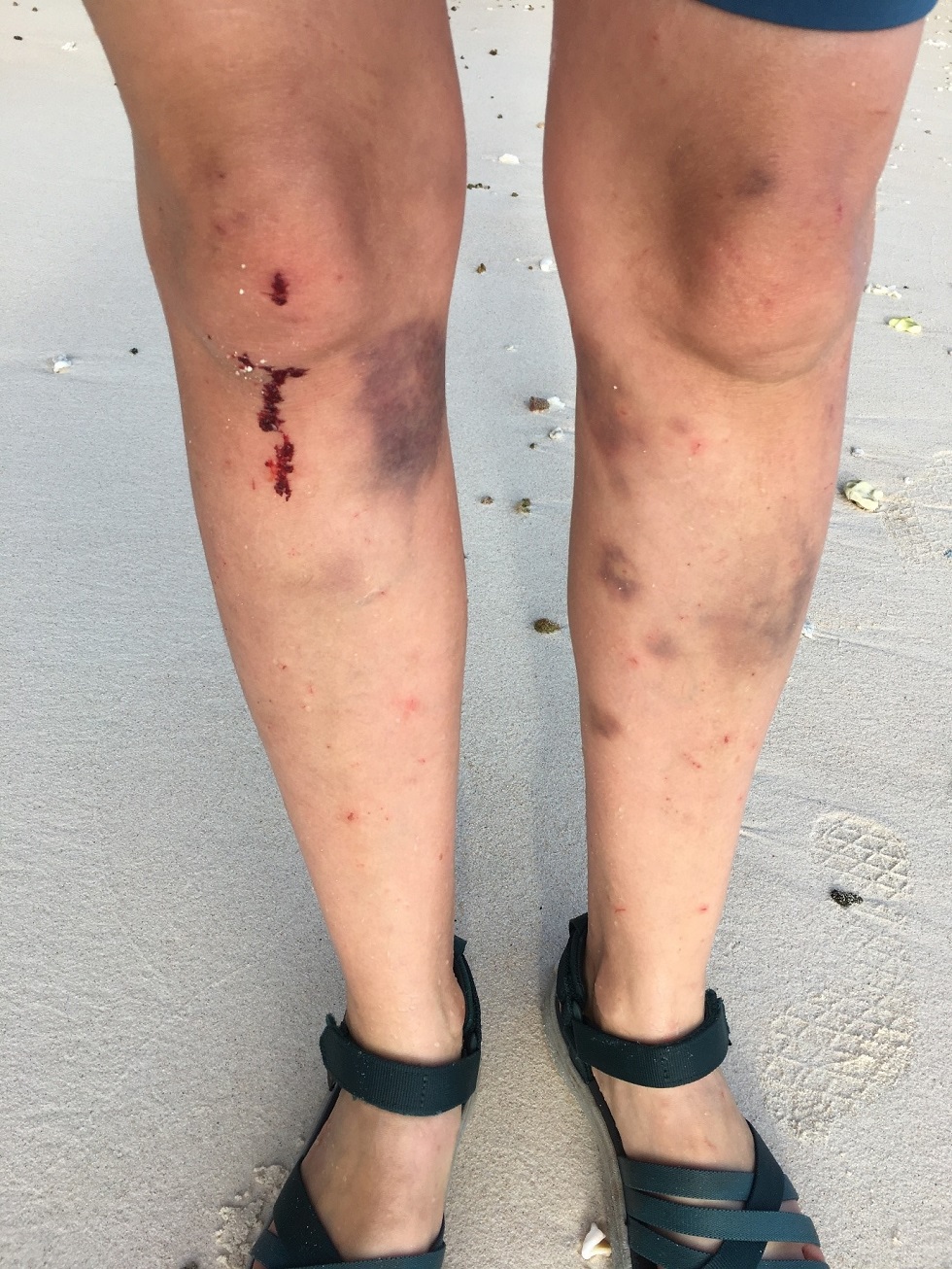 “Cleaning up 2.3 kilometres of beach was a huge physical challenge,” Dr Lavers said.
“Cleaning up 2.3 kilometres of beach was a huge physical challenge,” Dr Lavers said.
“Due to the lack of a safe mooring the 12 members of our expedition had to battle steep cliffs and thick vegetation each day just to reach East Beach from the other side of the island (Image left: Dr Lavers' legs after crossing the island. Credit: Jennifer Lavers).
“But by our last day, after a collective effort of more than 350 hours, we had counted, sorted and bagged all of the large debris items on the beach, including 1200 fishing buoys (Pictured, top right), 1.2 tonnes of rope and fishing nets, and 2-tonnes of rigid plastics such as fishing crates, plastic fragments, and a range of single-use items such as drink bottles.
“Unfortunately, due to the access and mooring issues we weren’t able to load all of the collected debris onto our ship and the remainder has been safely stored for a future expedition.”
Dr Lavers said that while beach clean-ups are worthwhile they are not a long-term solution to the problem of plastic debris.
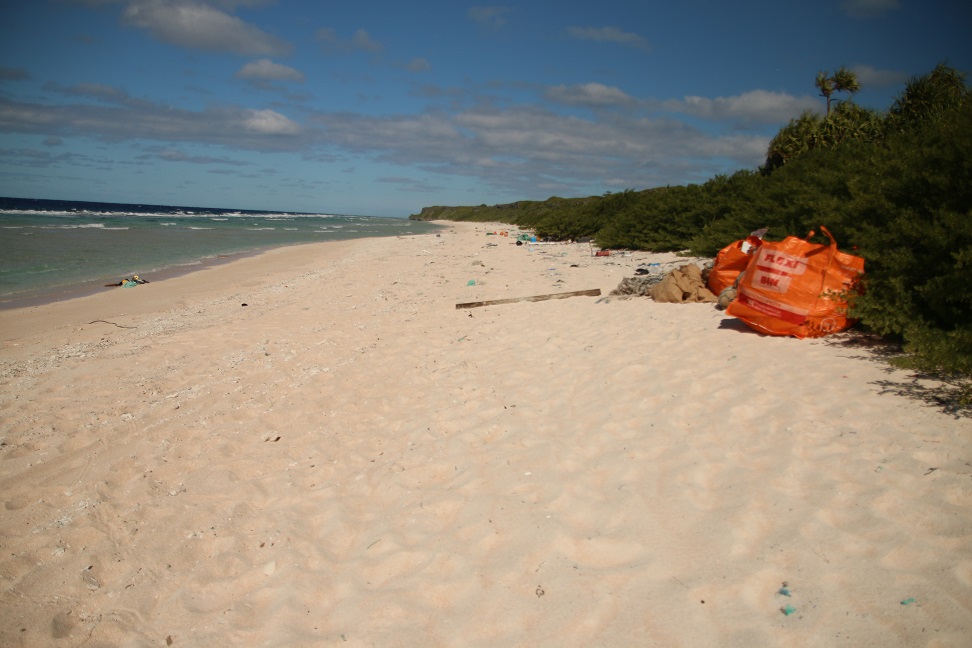 “We estimate that fresh debris equal to the 6-tonnes that we removed will reaccumulate on East Beach within 10 years.
“We estimate that fresh debris equal to the 6-tonnes that we removed will reaccumulate on East Beach within 10 years.
(Image, right: part of East Beach after the clean-up; below right, during the 2015 study. Credit: Jennifer Lavers)
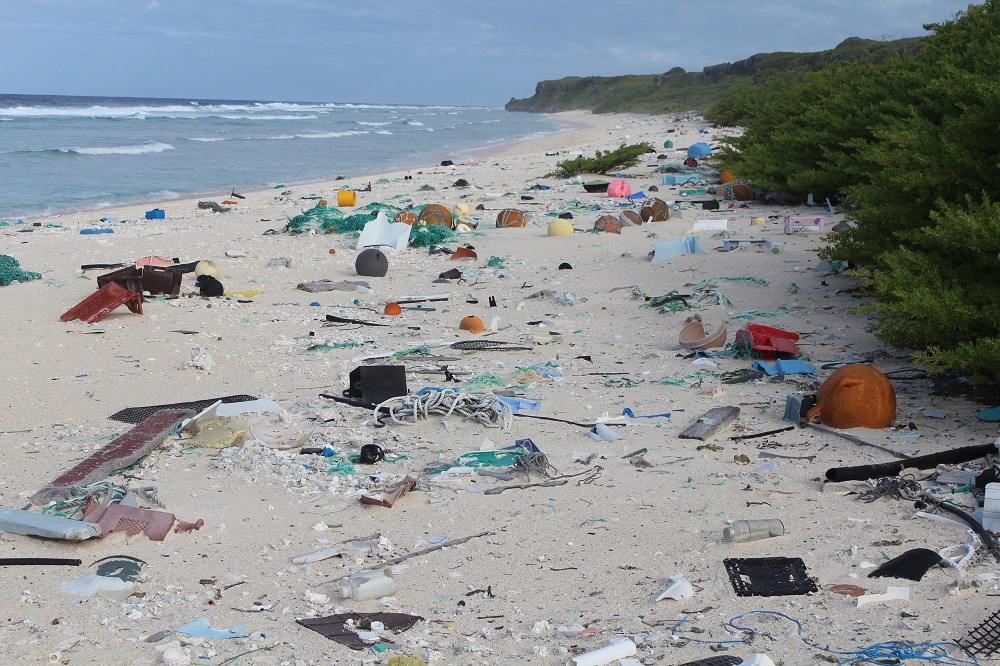 “More plastic waste continues to enter oceans and waterways around the world every day and the logistical challenges our expedition faced highlight the difficulties of undertaking large scale clean-ups, particularly in remote areas.
“More plastic waste continues to enter oceans and waterways around the world every day and the logistical challenges our expedition faced highlight the difficulties of undertaking large scale clean-ups, particularly in remote areas.
“The most sustainable long-term solution is to promote and invest in ways to prevent plastic from entering the waste stream in the first place.
“It is therefore encouraging that governments, the international community and individuals are increasingly taking action to reduce the amount of plastic produced and discarded around the world.
“I thank Pew Charitable Trusts, the Pitcairn and British governments and my fellow expeditioners for making our expedition possible,” Dr Lavers said.